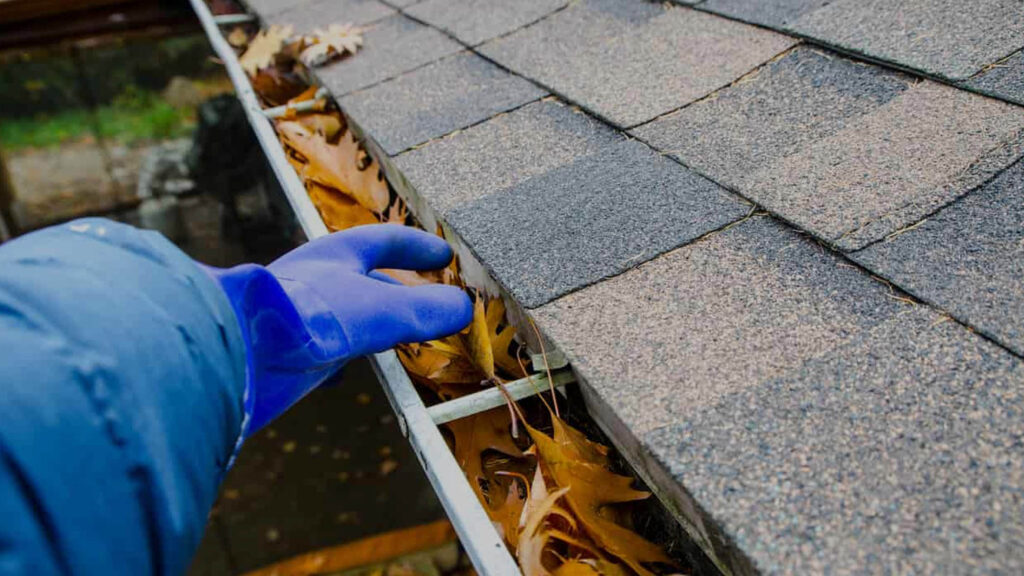
roof Gutter cleaning
As a gutter specialist serving the Orange region of NSW, I’ve seen firsthand how much impact something as simple as gutter maintenance can have—not just on individual homes, but on the environment too. In drought-prone areas like ours, every drop of water counts, and many homeowners don’t realise that their roof drainage system plays a critical role in sustainable water use.
In this article, I’ll explain how gutter cleaning contributes to water conservation in Orange, the environmental and financial benefits of rainwater harvesting, and what you can do to keep your system running efficiently all year round.
The Water Crisis in Orange
Orange, located in Central West NSW, is no stranger to water shortages. Periods of low rainfall, especially during hot summers, often lead to water restrictions and increased pressure on council-managed water supplies. Locals are increasingly turning to water-saving practices to support sustainability and reduce reliance on town water—one of the most popular methods being rainwater harvesting.
Rainwater tanks are common in homes and farms around the region, but their effectiveness depends on one often-overlooked detail: clean gutters.
Why Clean Gutters Matter for Rainwater Harvesting
Your gutters are the first step in the rainwater collection process. When it rains, water runs off your roof and into the gutters, which then direct the flow into your downpipes and rainwater tank. If your gutters are clogged with leaves, dirt, or debris, two things happen:
- Water overflows instead of being collected, reducing the total amount you capture.
- Contaminants enter your rainwater tank, affecting water quality and possibly damaging filtration systems.
A well-maintained gutter system ensures that rainwater is channelled cleanly and efficiently into your tank, allowing you to collect the maximum volume possible every time it rains.
Cost of Neglected Gutters
Let’s put this into perspective.
A standard Australian home can collect up to 2,000 litres of water from just 25mm of rainfall on a 100m² roof. But if your gutters are 50% blocked, you could lose hundreds of litres in a single storm event. Over time, that loss adds up—especially in a dry region like Orange, where consistent rainfall isn’t guaranteed.
More than that, neglected gutters often lead to:
- Overflow that damages fascia boards and roofing
- Water pooling around foundations (increasing erosion risk)
- Mould growth and mosquito breeding in stagnant water
- Shortened lifespan of water tanks and filters due to debris contamination
So while gutter cleaning might seem like a simple task, it has ripple effects that go far beyond curb appeal or home safety.
Clean Water = Better Storage and Use
If you’re using harvested rainwater for:
- Garden irrigation
- Flushing toilets
- Washing clothes
- Even drinking (with filtration)
…then the quality of that water starts at the top—your roof and gutters.
Gutters clogged with decaying leaves, bird droppings, or pests can introduce bacteria, tannins, and sediment into your rainwater tank. That doesn’t just make the water unsafe—it can cause long-term damage to tank linings, clog pipes, and lead to foul smells.
By keeping your gutters clean, you prevent organic matter from entering the system and reduce the need for frequent tank cleaning or filter replacement.
Gutter Cleaning Frequency for Orange Homes
The best maintenance schedule depends on your property. In general, I recommend:
- Every 6 months for suburban homes surrounded by trees
- Every 3–4 months during heavy shedding seasons (especially spring and autumn)
- Before storm season, to prevent blockages during high rainfall events
Even if you don’t have many overhanging trees, wind can carry twigs, leaves, and debris into your gutters from neighbouring properties. In rural Orange, dust and ash from bushfires can also build up quickly.
If you have a rainwater tank or rely on gutters for water redirection, routine cleaning is not optional—it’s essential.
Sustainable Water Practices Begin on the Roof
In a drought-prone region, small changes have big impacts. Clean gutters are a simple yet powerful way to:
- Maximise water capture
- Protect your investment in tanks and filtration
- Improve water quality
- Reduce dependency on municipal water supplies
I’ve worked on homes where tank collection improved dramatically—by up to 30%—after a full gutter clean. That kind of improvement isn’t just great for sustainability; it saves families money on their water bills too.
Eco-Friendly Gutter Management Tips
If you’re serious about water conservation, here are a few extra tips:
1. Install Leaf Guards or Gutter Mesh
These prevent large debris from entering your gutter system, reducing how often you need to clean. Just note: they’re not “set and forget”—they still require maintenance.
2. Use a First Flush Diverter
This device captures the first flow of rainwater (which usually carries roof dirt and bird droppings) and diverts it away from your tank, improving water quality.
3. Regularly Check Downpipes and Filters
A clean gutter is only effective if the water can actually flow to the tank. Blocked downpipes reduce efficiency and can cause water to back up into the gutters.
4. Schedule a Professional Gutter Cleaning
If your home has steep roofing, two stories, or complex drainage, it’s safer and more thorough to have a professional service your gutters. A local gutter cleaning service Orange homeowners rely on can ensure your system is in peak condition.
Final Thoughts: Gutter Cleaning Is Water Saving
We often think of water conservation as turning off taps or installing low-flow showerheads—but it starts much higher. If you’re serious about managing your water use, especially in a drought-sensitive town like Orange, gutter cleaning needs to be part of your sustainability plan.
It’s not glamorous work. But every time we clean a gutter, we’re helping a household capture more water, reduce waste, and build resilience in a drying climate.
So next time it rains, take a look at your gutters. Are they helping you save water—or wasting it?



